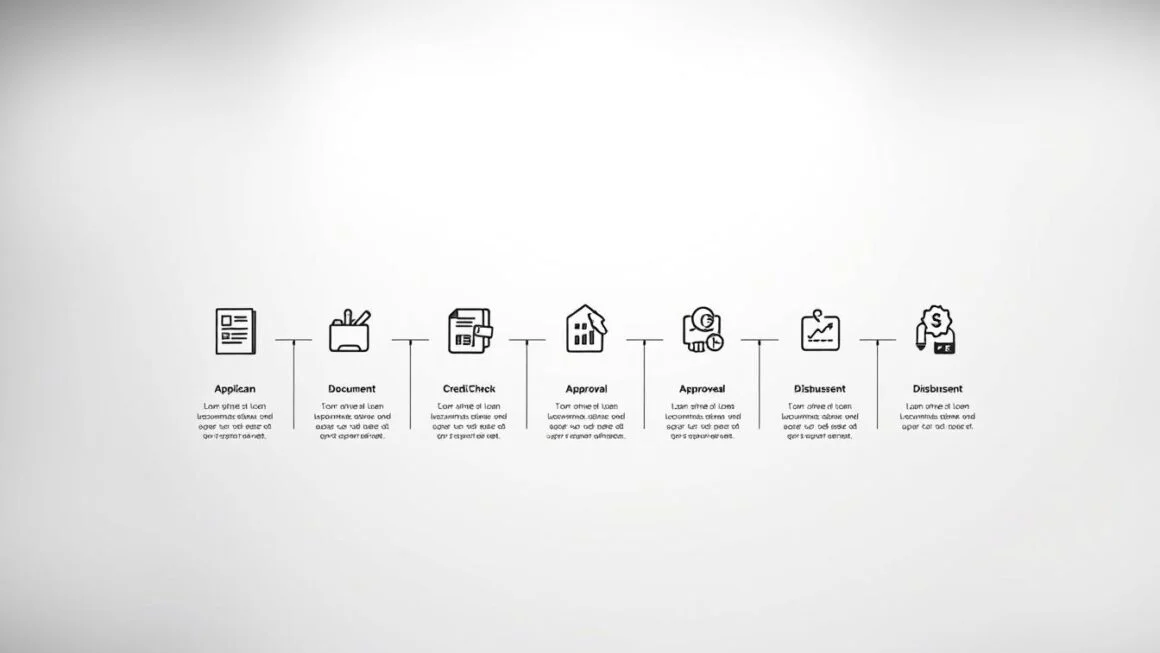Investing can be a daunting task, especially for those who are new to the world of finance. There is a lot to consider when it comes to making investment decisions, and one of the key factors to understand is the relationship between risk and reward.
In the world of investing, risk and reward go hand in hand. Generally speaking, the higher the potential reward of an investment, the higher the risk involved. This is because investments with higher potential returns are typically riskier and may involve more uncertainty.
Understanding risk is crucial when making investment decisions. Risk refers to the possibility of losing money on an investment. There are many different types of risk to consider, including market risk, credit risk, inflation risk, and interest rate risk. It is important to assess these risks and determine how they may impact your investment portfolio.
On the other hand, reward refers to the potential return on an investment. The reward is the profit generated from an investment, which can come in the form of capital gains, dividends, or interest. It is important to weigh the potential rewards of an investment against the risks involved in order to make informed decisions.
When it comes to investing, it is important to strike a balance between risk and reward. It is important to diversify your portfolio to spread out risk and maximize potential returns. Diversification involves investing in a mix of different asset classes, such as stocks, bonds, and real estate, in order to reduce the overall risk of your portfolio.
It is also important to consider your investment time horizon when assessing risk and reward. Investments with higher potential returns often come with longer time horizons and may require a longer holding period in order to realize their full potential. Conversely, investments with lower potential returns may have shorter time horizons and may be more suitable for short-term goals.
Ultimately, understanding risk and reward in investment is key to making informed decisions that align with your financial goals. By taking the time to assess the risks and rewards of different investment options, you can build a well-balanced portfolio that meets your needs and helps you achieve your financial objectives. Remember to consult with a financial advisor or investment professional if you have any questions or need guidance on making investment decisions.




